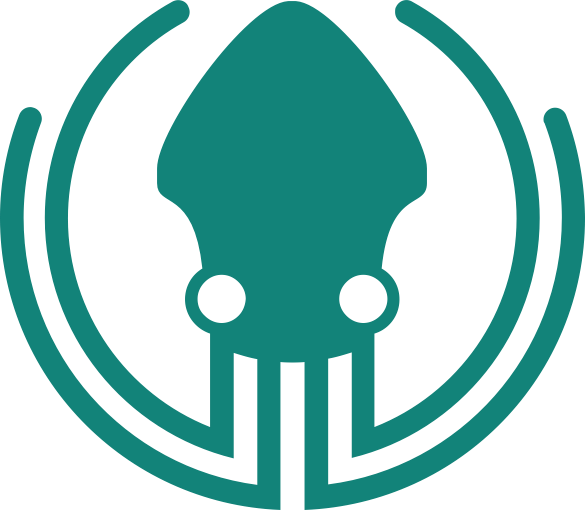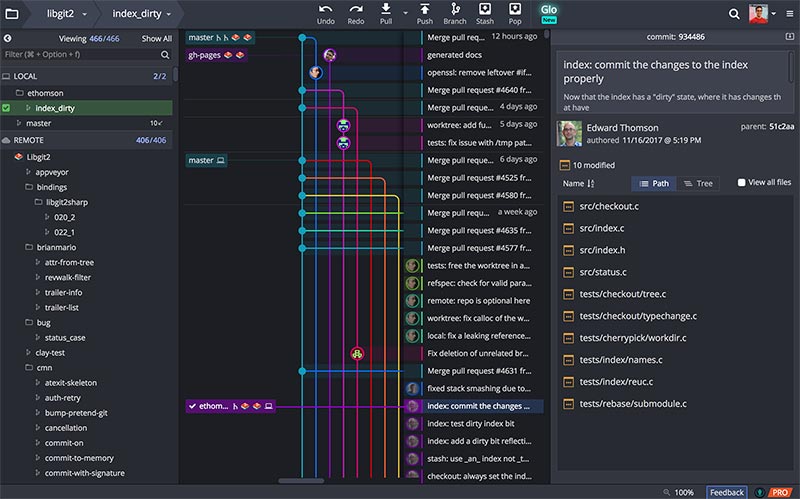
This all means we can use the standard implementation of GitFlow. If you also want to have an internal CI/CR (build and release) environment for internal QA, you can run it off the Develop branch
Gitkraken gitflow code#
This means we can think of our Master branch as the code ready to be deployed to Integration.ĭeployments above Integration are managed via the Paas Portal or via Episerver Support. Why does this work well with Episerver DXC?īecause of Episerver DXC's linear deployment path, code must be deployed from Integration > Preproduction > Production.


What I like most about GitFlow, is not the merging strategy itself, but its things that having a standard strategy offers It's also built into the most popular Git Clients including SourceTree and GitKraken and is available via commands in Git console. It was made popular by Vincent Driessen at nvie and has since been widely adopted by the development community. If you're not familiar with GitFlow, it's just another branching and merging strategy.

In this blog, I'll explain a little about GitFlow and why it aligns so well with Episerver DXC development.


 0 kommentar(er)
0 kommentar(er)
